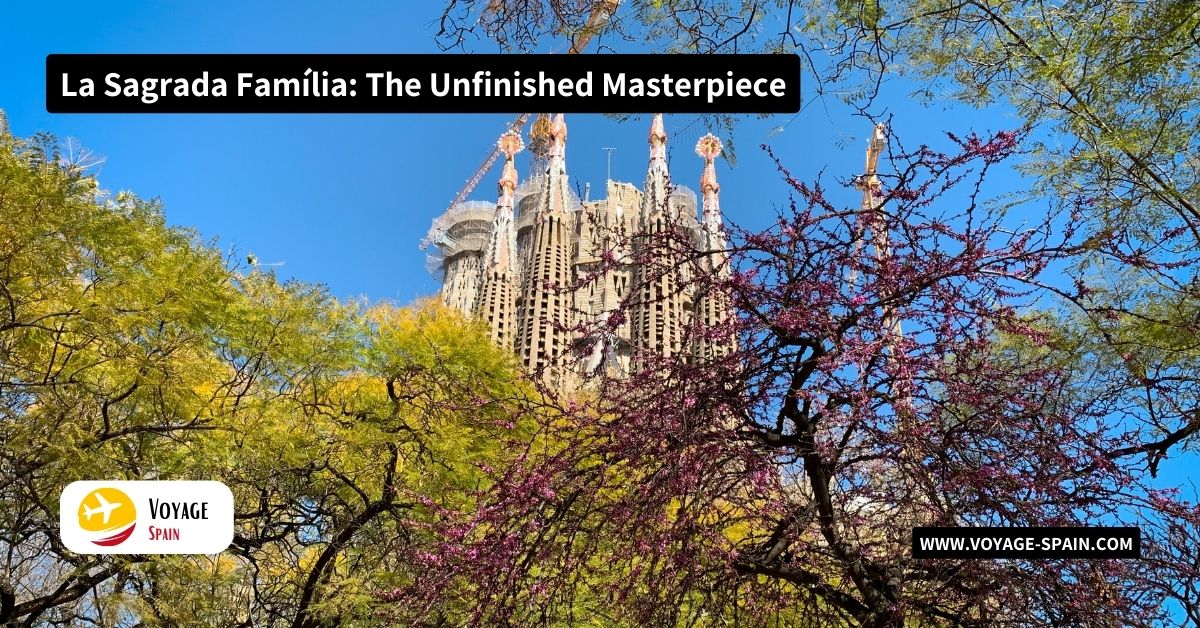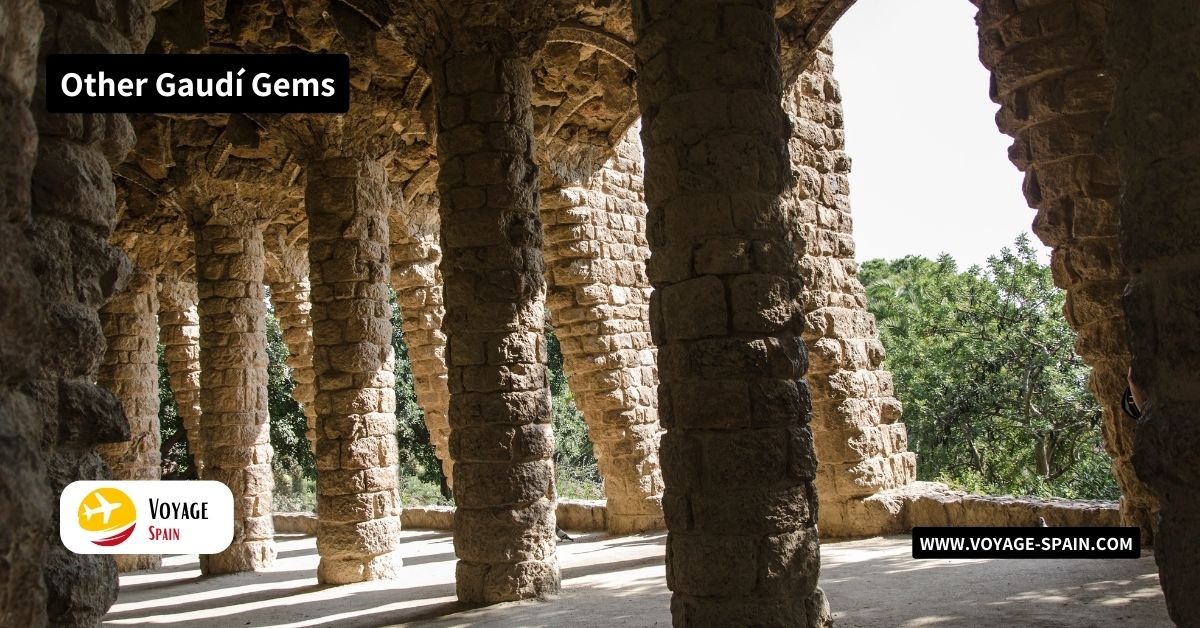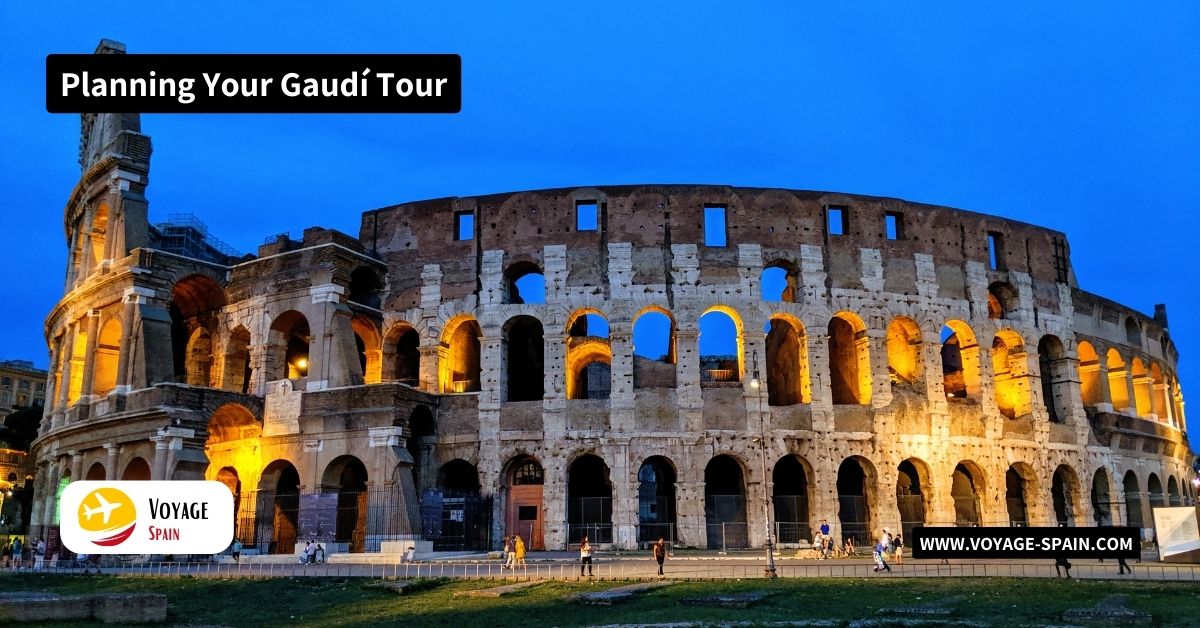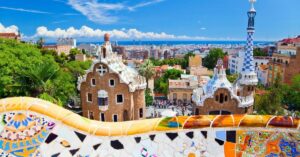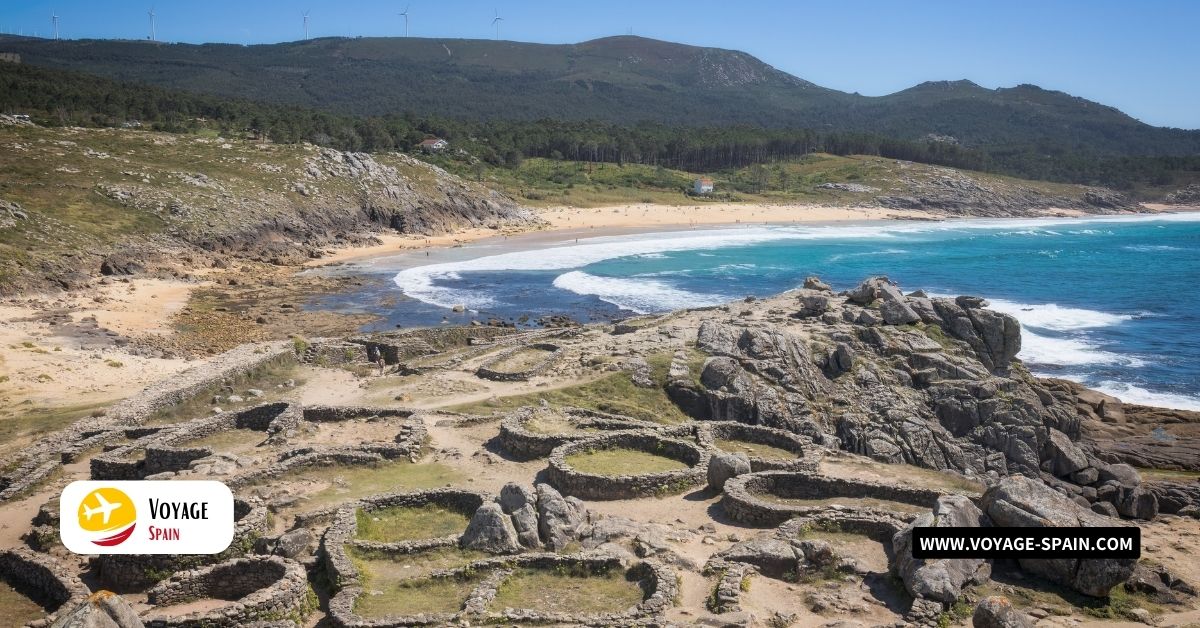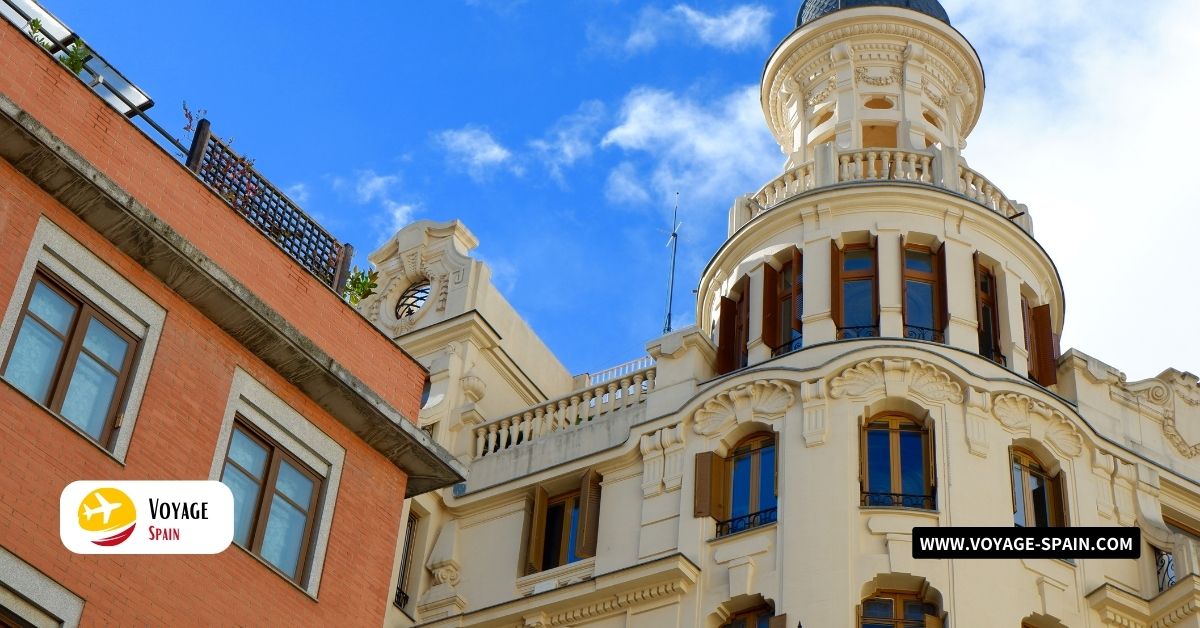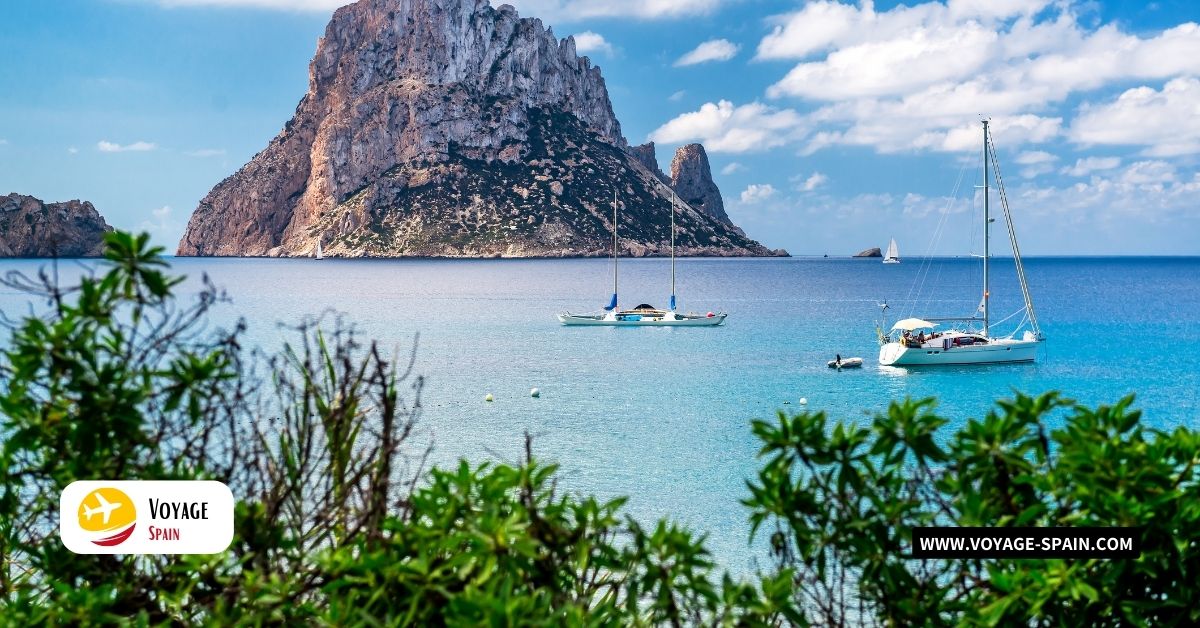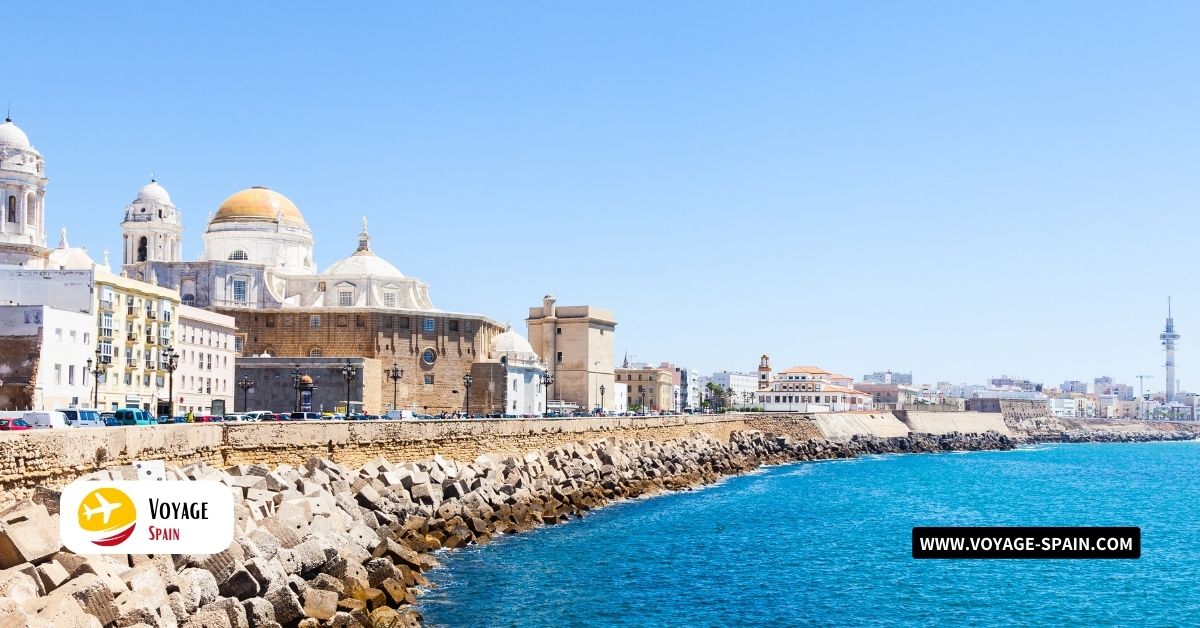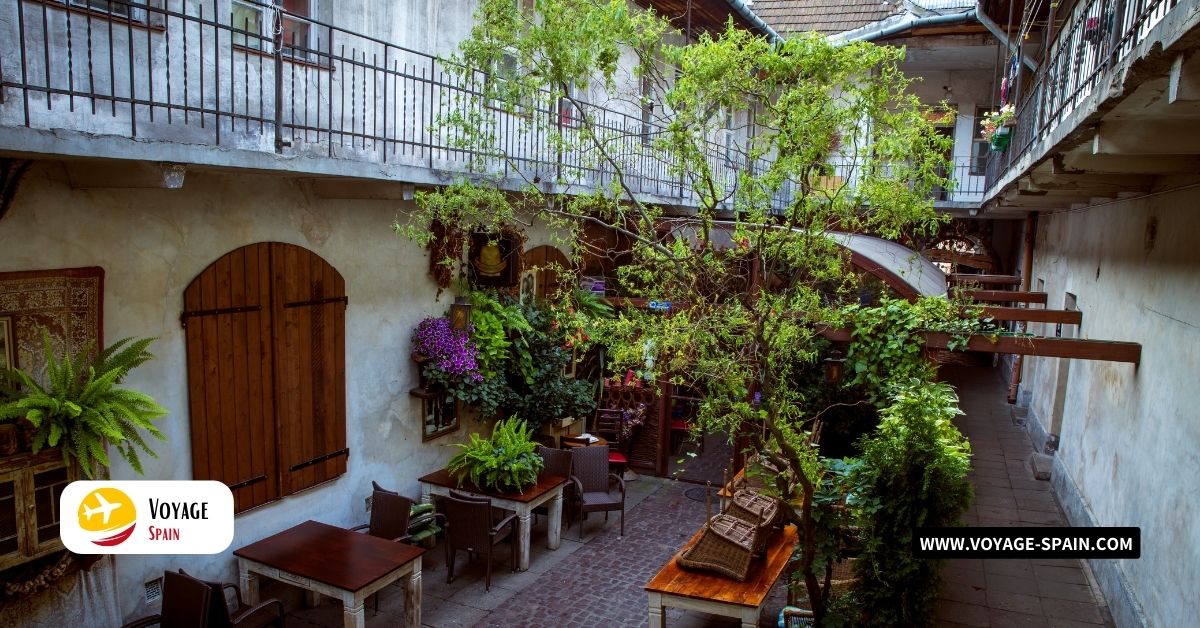Antoni Gaudí: A Creative Genius
Gaudí’s architectural prowess was a fusion of nature, religion, and innovation. His designs were like something out of a dream. The curves and organic forms danced harmoniously with the rigid lines of traditional architecture. One glance at his creations, and you’ll find yourself transported to a world of whimsy and wonder. Gaudí’s work is a testament to his unwavering commitment to pushing the boundaries of architectural expression.
Antoni Gaudí: the name itself conjures visions of otherworldly architecture that defies convention. Born in Catalonia, Spain, in 1852, Gaudí was destined to become a creative genius. His early years saw him immersed in the rich cultural tapestry of Barcelona.
Gaudí’s genius lay in his ability to blend the natural world with the man-made. It often drawing inspiration from the organic shapes and forms found in nature. His designs flowed like rivers, curved like vines, and soared like trees. Gaudí’s vision for this masterpiece was rooted in his deep Catholic faith. It’s a testament to his unique approach to architecture.
Park Güell: A Surreal Wonderland
This surreal wonderland, perched on Carmel Hill in the Gràcia district, is a testament to the creative genius of the legendary architect Antoni Gaudí. Back in the early 20th century, the industrialist Eusebi Güell commissioned Gaudí to design a garden city on this site. The idea was to create a residential area where nature and architecture coexisted harmoniously. While the residential project never fully materialized, what remains is a park that continues to captivate visitors with its surreal charm.
Park Güell is a visual feast for the senses, and its most distinctive feature has to be the vibrant, kaleidoscopic mosaics that adorn almost every surface. These intricate patterns and bold, playful colors are quintessentially Gaudí. It’s as if the very essence of Barcelona’s creativity has been encapsulated in these tiles.
La Sagrada Família: The Unfinished Masterpiece
This iconic basilica has graced the city’s skyline for over a century and stands as a testament to the genius of Antoni Gaudí. The story of La Sagrada Família began in 1882 when construction commenced under the guidance of architect Francisco de Paula del Villar. However, it was Gaudí who took the reins shortly thereafter and transformed the project into his magnum opus, pouring his heart and soul into its creation.
La Sagrada Família remains a work in progress, with an estimated completion date in the next decade or so. The basilica’s ongoing construction is a testament to the enduring dedication of architects, craftsmen, and the countless visitors who have marveled at its grandeur over the years. It’s a living testament to the idea that some masterpieces simply cannot be rushed.
Casa Batlló: A House Like No Other
Casa Batlló was not just a house; it was a vision brought to life. Gaudí’s involvement in the project began in 1904 when the wealthy industrialist Josep Batlló commissioned him to renovate an existing building. What emerged from this collaboration was nothing short of extraordinary. Gaudí’s innovative approach to architecture, inspired by organic forms found in nature, transformed the mundane into the magical. Casa Batlló is a prime example of this approach, and it showcases his commitment to pushing the boundaries of design.
This whimsical interpretation of a dragon’s back, complete with colorful mosaic scales, immediately sets the house apart from its neighbors. Gaudí’s attention to detail is nothing short of astonishing. The use of trencadís, a technique where small pieces of ceramic and glass are meticulously arranged to create intricate patterns, adorns the facade and brings it to life.
Casa Milà (La Pedrera): A Modernist Marvel
This modernist masterpiece, designed by the visionary Antoni Gaudí, is a testament to the boundless creativity of its time. Built between 1906 and 1912, Casa Milà stands as a hallmark of the Catalan Modernisme movement and showcases Gaudí’s innovative approach to architecture. What sets La Pedrera apart is not just its remarkable exterior, but the fact that it was way ahead of its time in terms of design and functionality.
One of the standout features of Casa Milà is its undulating façade, which seems to flow like a living, breathing entity. The absence of straight lines is intentional, and the result is a visually captivating structure that stands in stark contrast to the rigid lines of conventional architecture.
Other Gaudí Gems
When it comes to the architectural wonders of Antoni Gaudí, most people instantly think of La Sagrada Família, Casa Batlló, and Park Güell. However, Gaudí’s creative genius extended far beyond these famous landmarks.
Casa Vicens
- Distinctive Characteristics: Casa Vicens, Gaudí’s first major commission, is a vibrant celebration of Catalan art and culture. It features a blend of Moorish and Gothic elements, with colorful tiles and ornate ironwork.
- Historical Value: Casa Vicens is a UNESCO World Heritage Site and is considered one of the pioneering works of the Art Nouveau movement. It’s a testament to Gaudí’s ability to push the boundaries of architectural design.
Palau Güell
- Distinctive Characteristics: Palau Güell is a mansion that showcases Gaudí’s innovative approach to residential architecture. It features a striking façade adorned with whimsical chimneys and intricate wrought iron gates.
- Historical Value: Palau Güell is not just a house; it’s a reflection of the opulence of the early 20th century in Barcelona. It’s also an important milestone in Gaudí’s career, marking his collaboration with the Güell family, who later commissioned him for other iconic projects.
Gaudí’s Legacy in Barcelona
His architectural masterpieces have played an instrumental role in shaping the identity of this vibrant city. Gaudí’s works aren’t just buildings; they’re living, breathing entities that embody the spirit of Barcelona. Casa Batlló’s undulating façade, the surreal sculptures atop Casa Milà, and, of course, the awe-inspiring La Sagrada Família all stand as testaments to Gaudí’s enduring influence on Barcelona’s allure.
Preserving Gaudí’s architectural heritage isn’t just a matter of nostalgia; it’s a vital effort to safeguard Barcelona’s cultural and historical identity. The ongoing conservation initiatives are a testament to the city’s commitment to preserving these treasures for generations to come. Restoration projects, like the meticulous work on Casa Batlló and La Sagrada Família, aim to maintain the original essence of Gaudí’s designs while ensuring their structural integrity.
Planning Your Gaudí Tour
Embarking on a Gaudí tour in Barcelona is like stepping into a fantastical dream. With iconic landmarks scattered across the city, each a masterpiece in its own right, it’s essential to plan your visit strategically to make the most of this architectural adventure.
Best Times to Visit
- Early Mornings: Beat the crowds by starting your Gaudí tour early in the day. This is when attractions like La Sagrada Família and Park Güell are often less crowded, allowing you to soak in the beauty in a more serene setting.
- Weekdays: If possible, plan your visit on weekdays to avoid the weekend rush. This can lead to shorter queues and a more relaxed experience.
Nearby Accommodations
- Eixample District: Consider staying in the Eixample district, where many of Gaudí’s landmarks are located. This central area offers a wide range of accommodations, from boutique hotels to budget-friendly hostels.
- Passeig de Gràcia: For a touch of luxury, Passeig de Gràcia is lined with upscale hotels and is home to Casa Batlló and Casa Milà, making it a prime location for Gaudí enthusiasts.
Transportation Options
- Walking: Barcelona is a pedestrian-friendly city, and many of Gaudí’s attractions are within walking distance of each other. Lace up your comfy shoes and explore the city on foot.
- Public Transport: Barcelona’s metro and bus systems are efficient and well-connected. A T-10 card, offering ten rides, can be a cost-effective way to get around while visiting Gaudí sites.
- Hop-on, Hop-off Bus: Consider a hop-on, hop-off bus tour that stops at major attractions, including Gaudí’s landmarks. It’s a convenient way to cover a lot of ground in a short time.
Conclusion
His architectural masterpieces are more than just structures; they are living, breathing testaments to boundless creativity and innovation. The enduring appeal of Gaudí’s work lies in its ability to transport us to a realm where the ordinary becomes extraordinary, where nature and art merge seamlessly, and where the imagination knows no bounds.
FAQs
Q1: What architectural style is Antoni Gaudí known for?
Gaudí is known for Catalan Modernisme, a variant of Art Nouveau.
Q2:What is Antoni Gaudí’s most famous project?
Gaudí’s most famous project is the Sagrada Família basilica in Barcelona.
Q3:What is so special about Gaudí?
Gaudí’s uniqueness lies in his innovative and nature-inspired designs, rich in details and symbolism.
Q4:Where does Gaudí’s architectural style come from?
Gaudí’s style draws from Gothic, Art Nouveau, and nature, featuring organic forms.
Q5: What was Antoni Gaudí’s main inspiration for his work?
Nature was Gaudí’s primary inspiration, evident in his incorporation of organic shapes and patterns.
Q6: What was Gaudí’s first building?
Casa Vicens, a Barcelona residence, marked Gaudí’s initial foray into innovative architecture.


